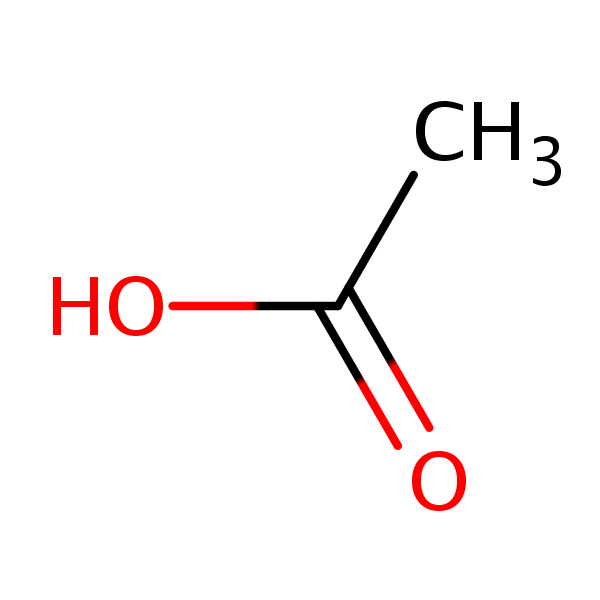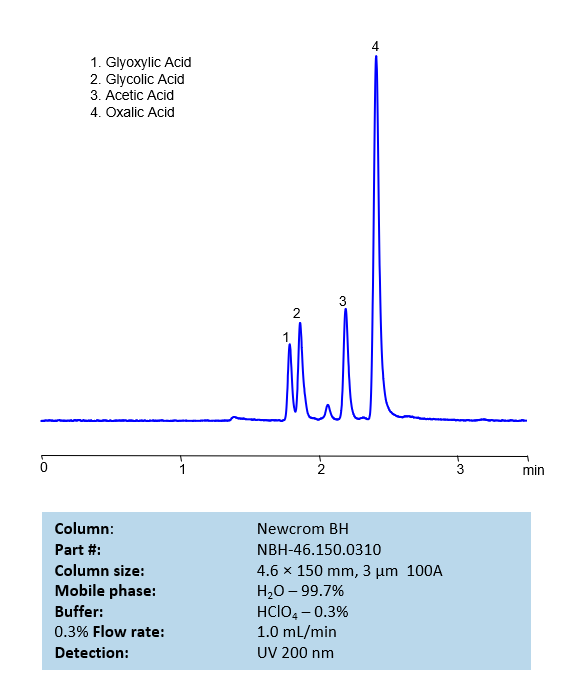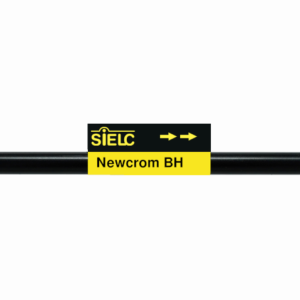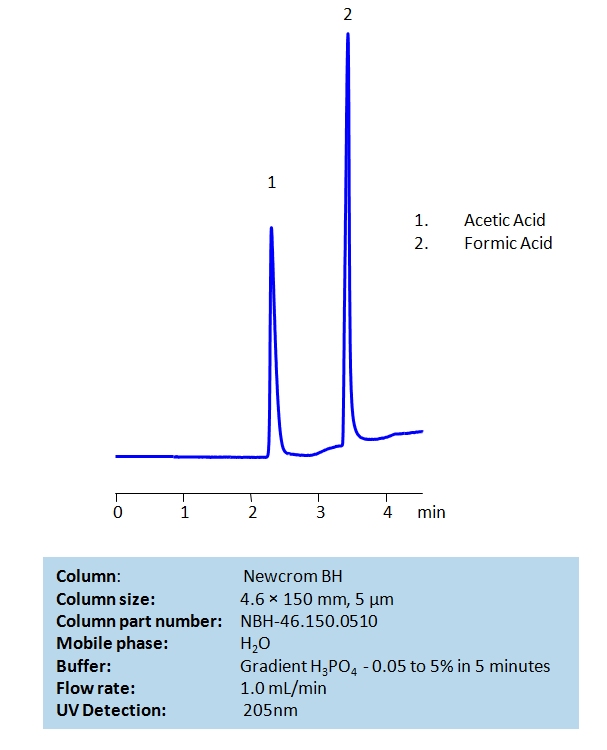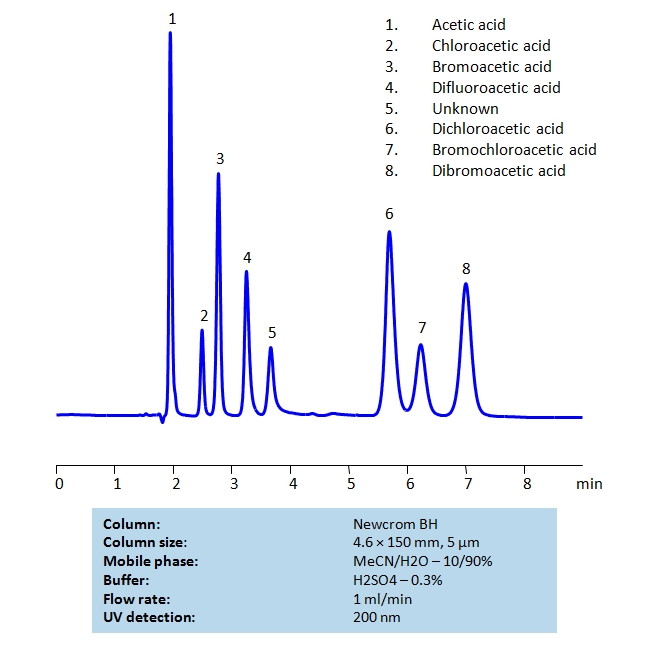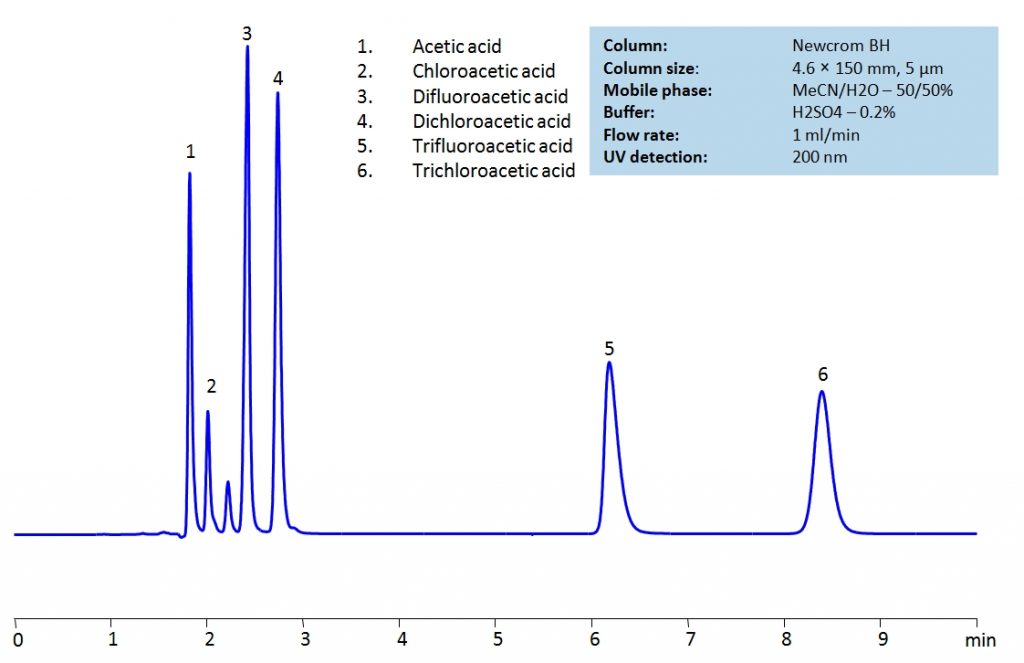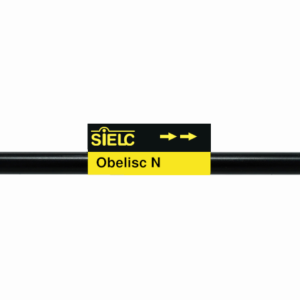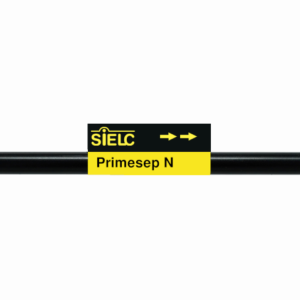| CAS Number | 64-19-7 |
|---|---|
| Molecular Formula | C2H4O2 |
| Molecular Weight | 60.052 |
| InChI Key | QTBSBXVTEAMEQO-UHFFFAOYSA-N |
| LogP | -0.170 |
| Synonyms |
|
Applications:
HPLC Method for Analysis of Dicarbon Carboxylic Acids on Newcrom BH Column
June 6, 2023
HPLC Method for Analysis of Oxalic Acid, Glycolic acid, Acetic Acid, Glyoxylic acid on Newcrom BH by SIELC Technologies
Separation type: Liquid Chromatography Mixed-mode
- Glyoxylic Acid (CHO-COOH): This is the smallest α-keto acid. It is a yellowish solid that occurs naturally and is useful industrially. It participates in many biochemical reactions. Its reduced form, D-lactic acid, can be found in various microorganisms.
- Glycolic Acid (HOCH2COOH): This is the smallest α-hydroxy acid (AHA). It’s derived from sugar cane and is a colorless, odorless, and hygroscopic crystalline solid. It is used in various skin-care products because of its capability to penetrate skin.
- Acetic Acid (CH3COOH): It is a simple carboxylic acid. It’s an important chemical reagent and industrial chemical, primarily used in the production of cellulose acetate for photographic film and polyvinyl acetate for wood glue, as well as synthetic fibers and fabrics. It gives vinegar its sour taste and pungent smell.
- Oxalic Acid (C2H2O4): This is a colorless crystalline solid that forms a colorless solution in water. It occurs naturally in many foods, but too much can lead to kidney stones. It’s used in many different industrial processes, including rust removal, bleaching, and as a reducing agent in developing photographic film.
These four acids be separate and analyzed on a reverse-phase Newcrom BH, 4.6 x 150 mm, 3 µm, 100 A, dual ended column with a mobile phase consisting of water and perchloric acid as a buffer modifier. This analysis method can be UV detected at 200 nm.
High Performance Liquid Chromatography (HPLC) Method for Analysis of Oxalic Acid, Glycolic acid, Acetic Acid, Glyoxylic acid
Condition
| Column | Newcrom BH, 4.6 x 150 mm, 3 µm, 100 A, dual ended |
| Mobile Phase | H2O -99.7% |
| Buffer | HClO4 – 0.3 |
| Flow Rate | 1.0 ml/min |
| Detection | UV 200 nm |
Description
| Class of Compounds | Dicarbon Carboxylic Acids |
| Analyzing Compounds | Oxalic Acid, Glycolic acid, Acetic Acid, Glyoxylic acid |
Application Column
Newcrom BH
Column Diameter: 4.6 mm
Column Length: 150 mm
Particle Size: 3 µm
Pore Size: 100 A
Column options: dual ended
Glycolic acid
Glyoxylic acid
Oxalic Acid

HPLC Method For Separation of Acetic Acid and Formic Acid on Newcrom BH Column
September 22, 2021
HPLC Method for Acetic Acid, Formic acid on Newcrom BH by SIELC Technologies
High Performance Liquid Chromatography (HPLC) Method for Analysis of Acetic Acid, Formic acid.
Acetic Acid is the second simplest carboxylic acid with the chemical formula CH3COOH. It is well known for being the active ingredient in vinegar, leading to the belief that it is the earliest mass produced acid, dating back to 3BC. Outside of it’s use in food and household matters, it is also used in production of vinyl acetate and cellulose acetate.
Formic Acid is the simplest carboxylic acid with the chemical formula CH2O2. It is naturally found in insects, weeds, fruits, and vegetables. It is used by insects as a method of self-defense. In agriculture, it is used as a preservative and antibacterial agent. In chromatography, it is used as a volatile pH modifier. It is used significantly in the tanning of leather, dyeing and finishing of textiles, and production of rubber.
Acetic Acid, Formic acid can be retained and analyzed using the Newcrom BH stationary phase column. The analysis utilizes an isocratic method with a simple mobile phase consisting of water and acetonitrile (MeCN) with a [buffer] buffer. Detection is performed using UV.
| Column | Newcrom BH, 4.6 x 150 mm, 5 µm, 100 A, dual ended |
| Mobile Phase | H2O |
| Buffer | Gradient H3PO4 – 0.05-0.5%, 5 min |
| Flow Rate | 1.0 ml/min |
| Detection | UV 205 nm |
| Class of Compounds | Acid |
| Analyzing Compounds | Acetic Acid, Formic acid |
Application Column
Newcrom BH
Column Diameter: 4.6 mm
Column Length: 150 mm
Particle Size: 5 µm
Pore Size: 100 A
Column options: dual ended
Formic acid

HPLC Separation of Bromoacetic and Chloroacetic Acids on Newcrom BH Column
June 17, 2020
HPLC Method for Difluoroacetic acid, Dichloroacetic acid, Dibromoacetic acid, Acetic Acid, Bromoacetic acid, Chloroacetic acid, Bromochloroacetic acid on Newcrom BH by SIELC Technologies
High Performance Liquid Chromatography (HPLC) Method for Analysis of Difluoroacetic acid, Dichloroacetic acid, Dibromoacetic acid, Acetic Acid, Bromoacetic acid, Chloroacetic acid, Bromochloroacetic acid.
Acetic acid and its various chloro- and bromo- forms are widely used in organic chemistry. Their similar structure makes the acids difficult to retain and separate on reverse-phase HPLC columns. By using Newcrom BH mixed-mode column which also has ion-exchange properties, the separation can be achieved with a simple isocratic method and relatively short time with a mobile phase of acetonitrile (ACN), water and sulfuric acid (H2SO4) buffer. UV detection at 200nm.
| Column | Newcrom BH, 4.6 x 150 mm, 5 µm, 100 A, dual ended |
| Mobile Phase | MeCN/H2O – 10/90% |
| Buffer | H2SO4 – 0.3% |
| Flow Rate | 1.0 ml/min |
| Detection | UV 200nm |
| Class of Compounds | Acid |
| Analyzing Compounds | Difluoroacetic acid, Dichloroacetic acid, Dibromoacetic acid, Acetic Acid, Bromoacetic acid, Chloroacetic acid, Bromochloroacetic acid |
Application Column
Newcrom BH
Column Diameter: 4.6 mm
Column Length: 150 mm
Particle Size: 5 µm
Pore Size: 100 A
Column options: dual ended
Bromoacetic acid
Bromochloroacetic acid
Chloroacetic acid
Dibromoacetic acid
Dichloroacetic acid
Difluoroacetic acid

HPLC Separation of Acetic acid, Chloroacetic acid, Dichloroacetic acid, Trifluoroacetic acid, Trichloroacetic acid
May 20, 2020
HPLC Method for TFA (Trifluoroacetic Acid), Acetic Acid, Chloroacetic acid, Dichloroacetic acid, Trichloroacetic acid, Difluoroacetic acid on Newcrom BH by SIELC Technologies
High Performance Liquid Chromatography (HPLC) Method for Analysis of TFA (Trifluoroacetic Acid), Acetic Acid, Chloroacetic acid, Dichloroacetic acid, Trichloroacetic acid, Difluoroacetic acid.
Acetic Acid is the second simplest carboxylic acid with the chemical formula CH3COOH. It is well known for being the active ingredient in vinegar, leading to the belief that it is the earliest mass produced acid, dating back to 3BC. Outside of it’s use in food and household matters, it is also used in production of vinyl acetate and cellulose acetate.
Chloroacetic Acid, also known as monochloroacetic acid (MCA), is a very toxic acid with the chemical formula ClCH2CO2H. It is most often used in the production of other chemicals such as phenoxy herbicides, carboxymethyl cellulose, and carboxymethyl starch. It is considered extremely hazardous as it can cause burns on skin and eyes as well as be fatal if inhaled or swallowed.
Difluoroacetic Acid (DFA) is a dihalogenocarboxylic acid with the chemical formula CHF2COOH. As a solution, it quickly dissociates to form difluoroacetate ions.
Dichloroacetic Acid (DCA), also known as bichloroacetic acid (BCA), is a highly corrosive acid with the chemical formula C2H2Cl2O2. While it is used in personal care items and disinfectants, it is a known carcinogen. Despite that, research shows that it may be a plausible treatment for certain cancers.
Trifluoroacetic Acid (TFA) is a synthetic organofluorine acid with the chemical formula C2HF3O2. It is corrosive and toxic to aquatic life and mammals, causing severe irritation and burns to skin, eyes, and the respiratory tract. Not only that, TFA is also highly mobile and persistent, leading to high retention of it in soil and water. Determination of it’s threat level on the environmental and health levels are still ongoing.
Trichloroacetic Acid (TCA), also known as trichloroethanoic acid, is an analogue of acetic acid with the chemical formula C2HCl3O2. It is often used as a skin peeling treatment to exfoliate damaged skin and encourage collagen production. In laboratory research, it is used for precipitating proteins and to extract and prepare standards for ascorbic acid (Vitamin C) assays.
Acetic acid and its substitution derivatives, chloroacetic acid, dichloroacetic acid, trichloroacetic acid, difluoroacetic acid and trifluoroacetic acid, are heavily used as building blocks for more complex compounds in organic synthesis. All six acids can be isocratically separated in HPLC using Newcrom BH mixed-mode column with acetonitrile (ACN) and water mobile phase with sulfuric acid (H2SO4) as buffer and UV detected at 200nm.
| Column | Newcrom BH, 3.2 x 150 mm, 5 µm, 100 A, dual ended |
| Mobile Phase | MeCN/H2O – 50/50% |
| Buffer | H2SO4 – 0.2% |
| Flow Rate | 1.0 ml/min |
| Detection | UV 200nm |
| Class of Compounds | Acid |
| Analyzing Compounds | TFA (Trifluoroacetic Acid), Acetic Acid, Chloroacetic acid, Dichloroacetic acid, Trichloroacetic acid, Difluoroacetic acid |
Application Column
Newcrom BH
Column Diameter: 3.2 mm
Column Length: 150 mm
Particle Size: 5 µm
Pore Size: 100 A
Column options: dual ended
Chloroacetic acid
Dichloroacetic acid
Difluoroacetic acid
TFA (Trifluoroacetic Acid)
Trichloroacetic acid

HPLC Analysis of Trifluoroacetic and Acetic Acid on Obelisc N Mixed-Mode HPLC Column
May 11, 2015
Separation type: Liquid Chromatography Mixed-mode
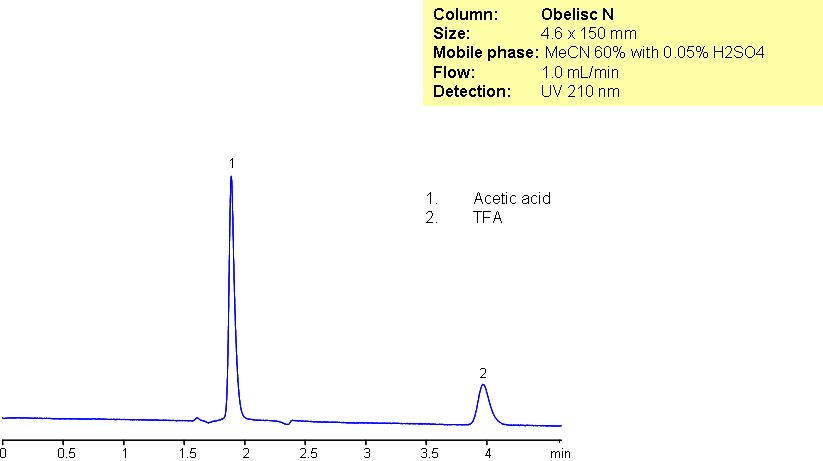
Trifluoroacetic acid (TFA) and acetic acid (AcOH) are very commonly used in organic chemistry. They were separated using an Obelisc N column which uses HILIC/anion-exchange. The mixed-mode of Obelisc N allows for better peak shape and retention of carboxylic acids. Sulfuric acid was used to enhance polar retention by suppressing ionization of the strong acid TFA.
| Column | Obelisc N, 4.6×150 mm, 5 µm, 100A |
| Mobile Phase | MeCN – 60% |
| Buffer | H2SO4 – 0.05% |
| Flow Rate | 1.0 ml/min |
| Detection | UV, 210 nm |
| Class of Compounds |
Acid, Hydrophilic, Ionizable |
| Analyzing Compounds | Trifluoroacetic acid (TFA), Acetic acid (AcOH) |
Application Column
Obelisc N
SIELC has developed the Obelisc™ columns, which are mixed-mode and utilize Liquid Separation Cell technology (LiSC™). These cost-effective columns are the first of their kind to be commercially available and can replace multiple HPLC columns, including reversed-phase (RP), AQ-type reversed-phase, polar-embedded group RP columns, normal-phase, cation-exchange, anion-exchange, ion-exclusion, and HILIC (Hydrophilic Interaction Liquid Chromatography) columns. By controlling just three orthogonal method parameters - buffer concentration, buffer pH, and organic modifier concentration - users can adjust the column properties with pinpoint precision to separate complex mixtures.
Select optionsTFA (Trifluoroacetic Acid)

HPLC Separation of Acetic acid and Acetic Hydrazide
October 14, 2010
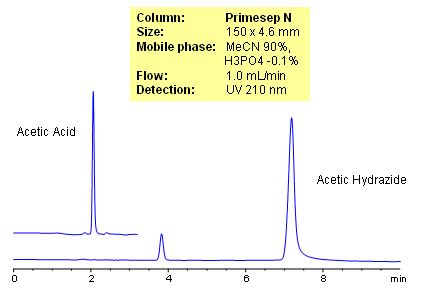
Acetic acid and acetic hydrazide are quantitated in one run using a Primesep N HILIC mixed-mode column. Method can be used for determination of acetic acid and acetic hydrazide by HPLC.
Application Column
Primesep N
The Primesep family of mixed-mode columns offers a wide variety of stationary phases, boasting unprecedented selectivity in the separation of a broad array of chemical compounds across multiple applications. Corresponding Primesep guard columns, available with all stationary phases, do not require holders. SIELC provides a method development service available to all customers. Inquire about our specially-tailored custom LC-phases for specific separations.
Select optionsAcetic Hydrazide

